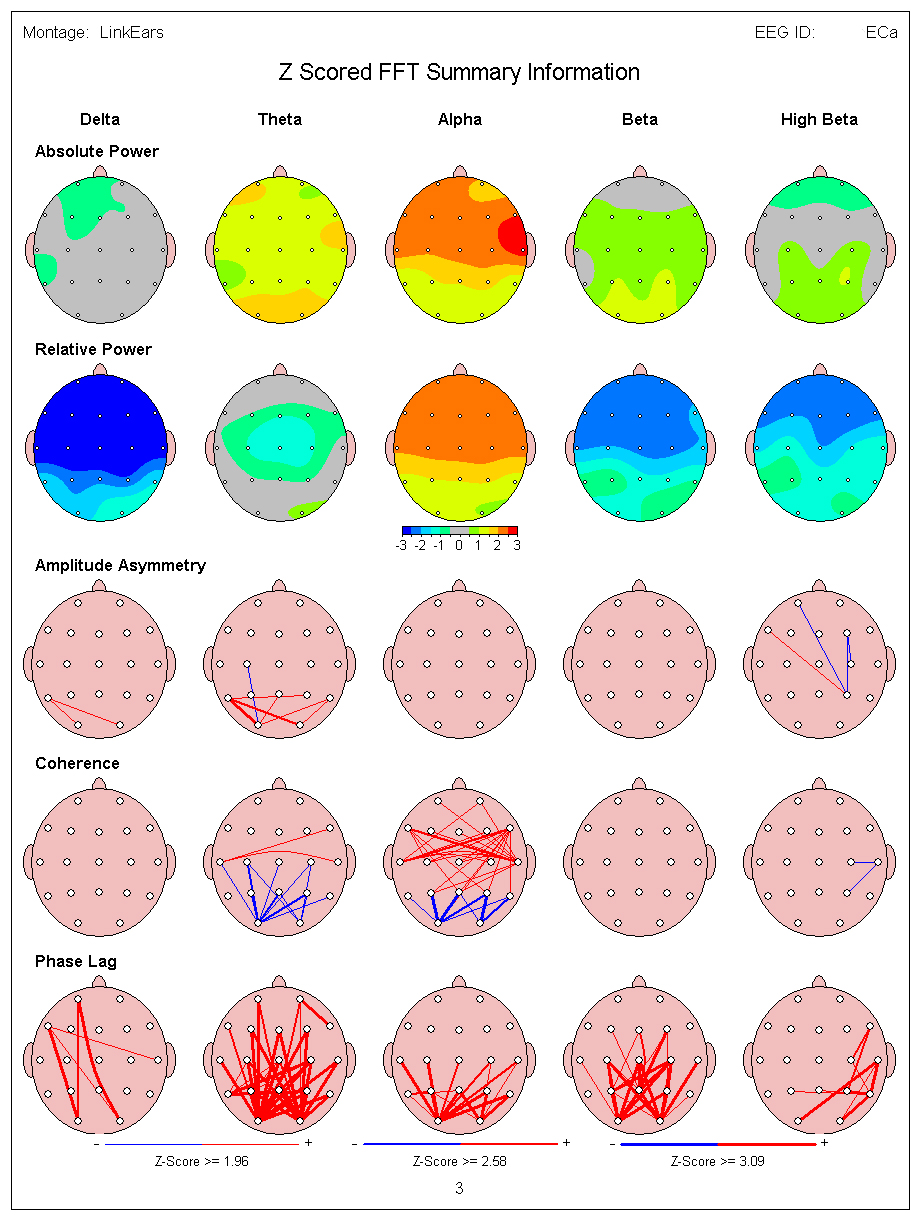Utilizing the Potential of Biometric Feedback to Revolutionize Chronic Discomfort Control and Enhance Standard of Living
Utilizing the Potential of Biometric Feedback to Revolutionize Chronic Discomfort Control and Enhance Standard of Living
Blog Article
Chronic discomfort is a syndrome that impacts countless of people across the world. It can be triggered by various elements, including traumas, diseases, or even anxiety. For many individuals, controlling chronic pain can be a daily challenge that impacts their standard of life. Conventional treatments often consist of medications, physical therapy, and sometimes surgery. However, these approaches do not always offer the alleviation that patients desire. Recently, biofeedback has emerged as a potential alternative for controlling chronic pain and improving overall health.
Biofeedback is a method that educates individuals how to manage specific bodily functions by utilizing indicators from their own bodies. This approach involves using sensors that track physiological functions such as heart rate, muscle tension, and skin temperature. By offering real-time feedback, individuals can learn to identify their body's reactions to pain and stress. This consciousness allows them to formulate strategies to handle their pain more effectively. For instance, if a patient notices that their muscle tension increases when they are in pain, they can practice relaxation techniques to help alleviate that tension.
One of the key advantages of biofeedback is that it enables individuals to take an proactive role in their pain control. Instead of depending solely on drugs or treatments from medical providers, patients can learn to comprehend and regulate their own physiology. This feeling of control can lead to enhanced confidence and a more positive outlook on life. Many patients report feeling more in charge of their pain and less like victims of their condition. This shift in mindset can significantly enhance their quality of life.
Research has shown that biofeedback can be effective in reducing chronic pain symptoms. Research suggest that individuals who use biofeedback methods often undergo less pain and better physical ability. Additionally, biofeedback can help lessen anxiety and stress, which are frequent concerns for those dealing with chronic pain. By tackling both the physical and psychological aspects of pain, biofeedback provides a comprehensive approach to pain control. This integrated method can lead to superior outcomes for individuals, allowing them to engage more fully in their daily activities.
In conclusion, biofeedback is a significant tool for transforming chronic pain control. By teaching individuals to understand and regulate their physiological reactions, biofeedback enables individuals to take control of their pain. visit the site This approach not only helps reduce pain but also enhances overall quality of life. As more people look for options to conventional pain control methods, biofeedback emerges as a potential option. With continued research and awareness, biofeedback could become an integral part of chronic pain therapy, helping patients lead more fulfilling, more satisfying lives.